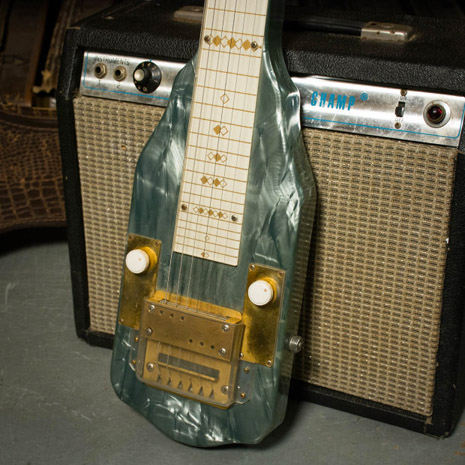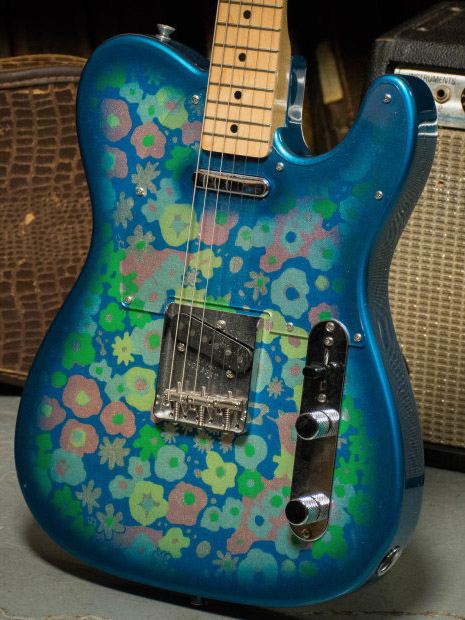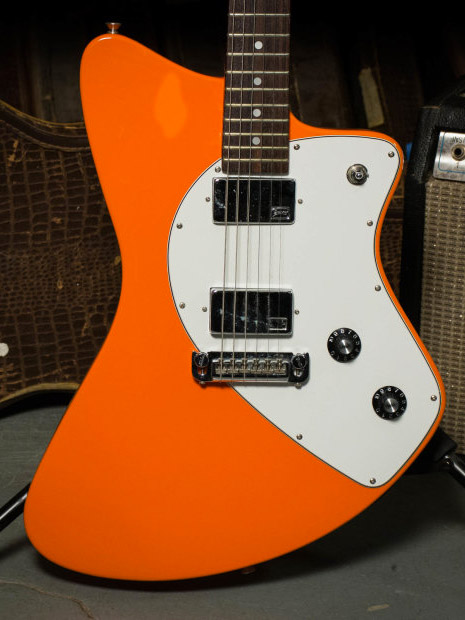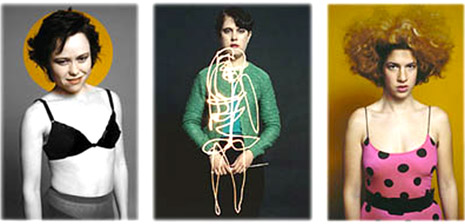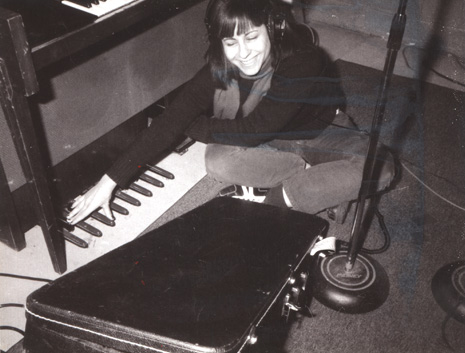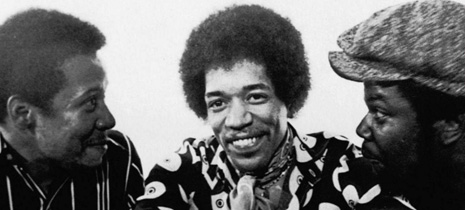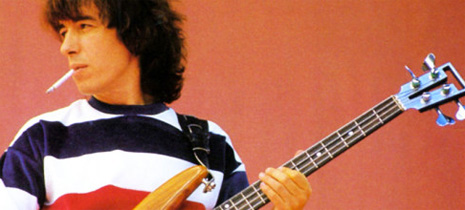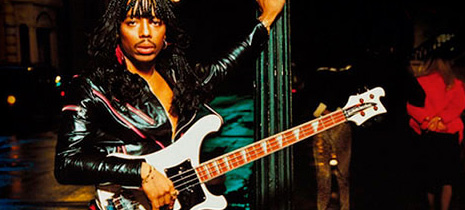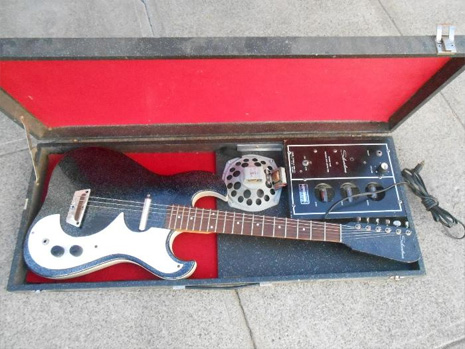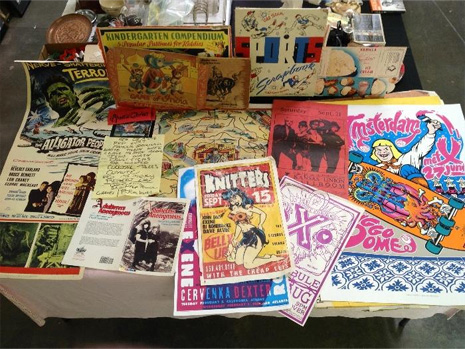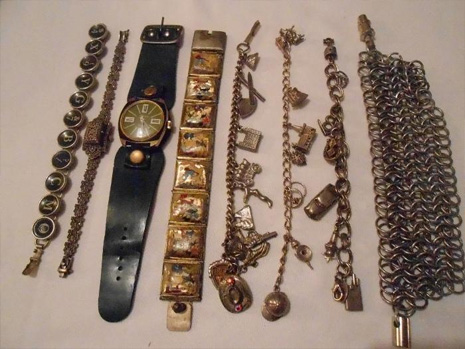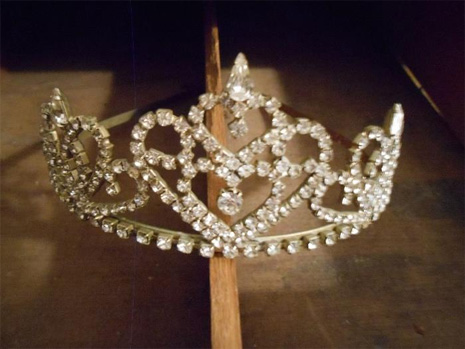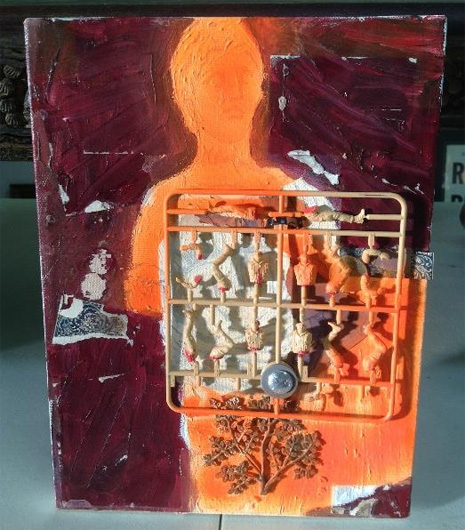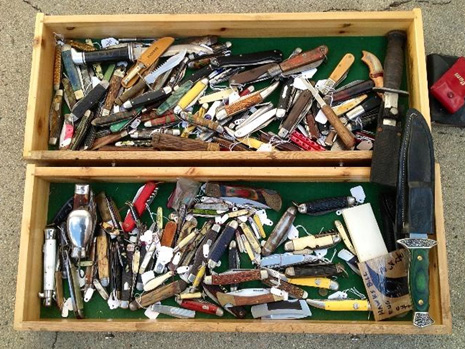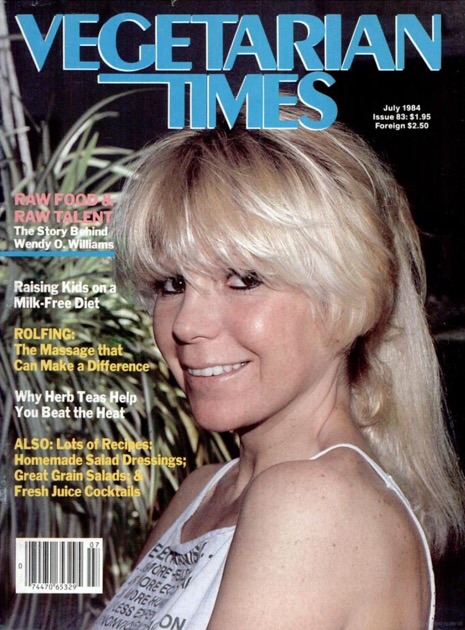
Despite the sledgehammers, chainsaws and occasional police-instigated violence that became heavily associated with Plasmatics’ shows, the late, great Wendy O. Williams was first and foremost a gentle soul, with more than a touch of hippie influence. As a teenage runaway she bounced around the Rocky Mountains and sold crafts, moved to Florida to be a lifeguard and even cooked at a health food restaurant in London before making the stage her home.
Wendy was also an advocate for animal welfare and a vocal vegetarian. One might understandably assume that her dietary choices were entirely ethically motivated, but this 1984 interview from Vegetarian Times (see her as the adorable cover girl above) shows she was also incredibly health-conscious—a serious urban gardener who avoided drugs and alcohol, exercised regularly and sprouted her own macrobiotic diet from a Tribeca loft. Williams actually taught a macrobiotic cooking class at the Learning Annex!
The best part? The article includes Williams’ own super-hippie recipe for salad dressing—it actually sounds like a pretty intriguing flavor profile too. Save it for your next Plasmatics themed dinner party!
Wendy’s diet is very heavy on live foods and sprouts. The salad dressing is the result of experimentation in the blender and it’s rather unique in that it includes fresh greens chopped up into the dressing. She advises that its [sic] best to use two different types of greens; one for the dressing, one for the salad.
1 1/2 cups rejuvelac (soak a cup of wheat berries in 3–4 cups of water for 3 days or until berries settle; then strain)
1 clove garlic
1 Tbs. miso or soy sauce
2 Tbs. lecithin
1 Tbs. cumin
1 tsp. basil
1 tsp. oregano
Fresh herbs of your choice
Mixed greens (parsley, celery, sorrel, lettuce, spinach, or green
beans, sprouts)
Add seasonings to rejuvelac and whir in blender. Add, little by little, 1 pound of mixed greens, Until greens or chopped and mix well. Best when used fresh.
Below, Wendy and her fellow Plasmatics go on a safari with John Candy on SCT.








